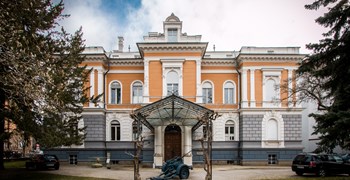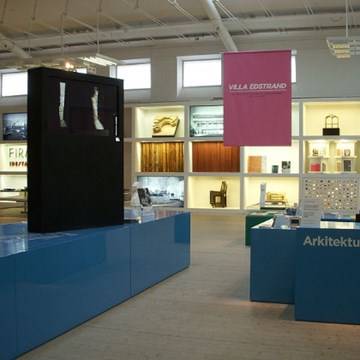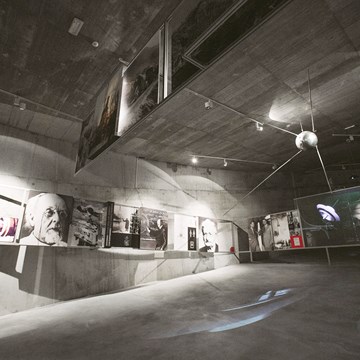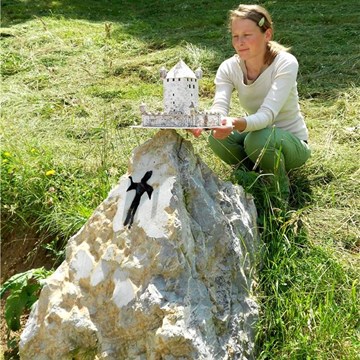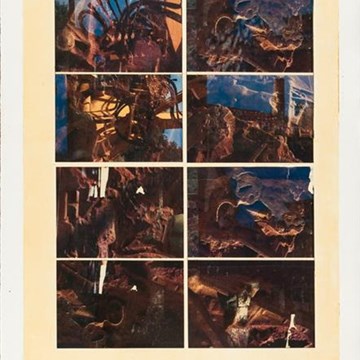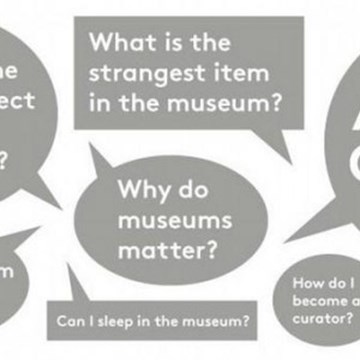Maribor textile factory workers at their machines
In the 20th century, Maribor was the major Yugoslav centre of the textile industry. Maribor textile factories were maintaining thousands of families. Devotion to one's job in the factory was transmitted from father to son, from mother to daughter, from sister to sister. For decades, or even almost a century it could be said, the textile workers arriving to and departing from work in the factories where the production never stopped were the source of the daily throb in Maribor districts of Melje, Pobrežje and Tabor. An abundance of first-rate knowledge and skills was accumulated in people. The length of fabric manufactured daily in Maribor textile factories could cover the road between Maribor and Vrhnika. The factories thus managed to match all their European and global competition. The awards they won at Yugoslav and international textile and clothing fairs are still proof of that. It was a real “fairy tale”.
The districts of Melje, Tabor and Pobrežje that for decades used to bustle with life, day and night, are now filled with sinister silence. The downfall of the Maribor textile industry was a tragedy for the city, and also a personal tragedy for the people losing their jobs in textile factories in the late 20th century. The memory of Maribor as a former major textile centre in the country has been fading with the disappearance of older generations of Maribor residents. What remains are photographs conjuring up the production and life in these factories – to us as well as the coming generations. They depict the symbiosis of workers of both genders with the machines, their devotion and expertise, the human pride, and particularly the pleasure and joy these people felt when working. In group photographs, spinners, weavers and others cannot suppress their smiles and general optimism. Although it might never have been quite so, it now seems like a beautiful, great fairy tale, looking at it with today's eyes and the historical insight.
This exhibition of photographs is of documentary as well as aesthetic value. It is proof of the importance of photographers' work. By capturing moments, they are preserving sections of the previously burbling life for history, i.e. for the coming generations. This time these are sections from the life and work in textile factories. The exhibition aims to transmit to young generations the abundant expertise of their grandfathers and grandmothers, hoping that to some of them at least their former greatness would serve as stimulation for a new, propulsive beginning.
This exhibition of documentary photographs is dedicated to all generations of textile workers as well as this year's 95th anniversary of the beginnings of Maribor textile industry. It was in December 1922 that the first major textile factory began to operate in Maribor, i.e. Mariborska mehanična tkalnica in apretura Doctor in drug, Maribor.
Author of exhibition: Mira Grašič
Materials for the exhibition were contributed by: Časnik Večer d. o. o., National Liberation Museum Maribor, National Museum of Contemporary History, Metka Abram Zver, Marijan Premzl, Josip Šen Jr., Metka Šrimpf, Renata Radšel, Tončka Trabos.
Photography Museum Maribor, April 2017
Exhibitions and events

Shhh! Maribor 1941-1945
Permanent exhibitionShhh! Due to the secret nature of this data, we cannot disclose everything in this invitation, so we'd like you to join us at the opening of our permanent exhibition.
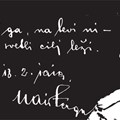
»Na desni ga, na levi ni – pred nami svetli cilj leži«
Permanent exhibitionRazstava prikazuje predvsem boj za slovensko severno mejo na Štajerskem in vzhodnem Koroškem, na ozemlju, ki je bilo konec leta 1918 v Štajerskem obmejnem poveljstvu. Atentat na...
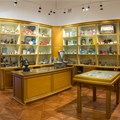
A Monument to Maribor's Industry - Industrial Maribor in the 20'th Century
Permanent exhibitionAlong with its favourable geographical position and advantageous conditions also its electrification contributed to the industrial boom of Maribor and northeastern Slovenia. Namely, the first...
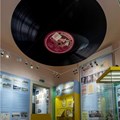
Maribor is ours!
Permanent exhibitionAfter the formation of Yugoslavia, Maribor became an important border city, representing Yugoslavia’s north-western gate into the world. The city became the transport route connecting the Alps and...

History of Photography
Permanent exhibitionFrom the very beginning, humankind has had the desire to prove themselves and to understand the world surrounding them. Certainly there were moments when people wished to capture a moment in an...
Activities from this museum
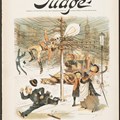
In zasvetila je luč 1883 - Predšolski in I. triada
Kakšno je bilo življenje v Mariboru v tistih časih, ko še ni bilo elektrike?...

Kaj se skriva v muzeju? - Predšolski, 1. triada
Otroci bodo spoznavali delovanje muzeja, slišali zgodbo o zgodovini muzejske...
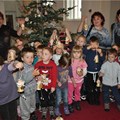
Dišijo praznične dobrote
Na delavnicah predstavljamo del kulturne dediščine, ki se skozi stoletja...
